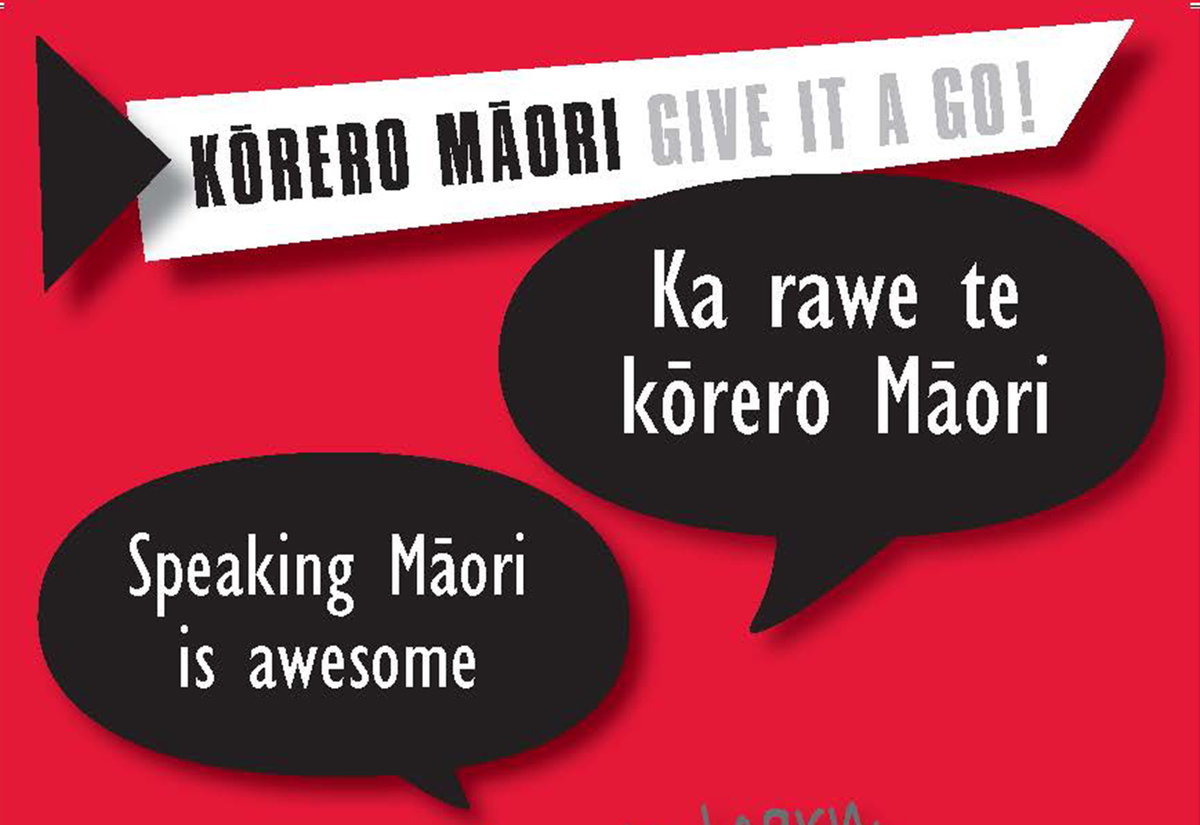Kōrero Māori – Give te reo a go
Mary Hinsen
14 February 2021, 6:30 PM
 Join us in our Māori language journey through our new te reo Māori series on Mondays.
Join us in our Māori language journey through our new te reo Māori series on Mondays.There is definitely a resurgence and wide interest in te reo, but we all have a part to play.
There is wide interest in te reo, but we all have a part to play, says the Māori Language Commission.
To remain viable as a language, they say, te reo Māori needs a critical mass of fluent speakers of all ages, and it needs the respect and support of us all.
I completed a short beginner course in Te Reo Māori last year to better understand Māori language and culture, and to honour my mother. Te Reo Māori is a treasured gift, it is part of who we are as a nation. It is key to understanding our history, and carving our future.
I am now on a journey to understand more of the language I so often hear spoken, and the history and meaning behind our place names.
The Central App had such an overwhelming response to the question of whether we should include te reo on the app, I thought I would share my journey with you through this weekly column. I invite you to join with me on my journey.
Te Ao Māori and Te Reo Māori
Te ao Māori, the way Maori view the world, is a phrase that acknowledges the interconnectedness and interrelationship of all living and non-living things. To understand te reo Māori, the Māori language, I have found it is also important to understand this principle of kinship – te reo, like any language, is inseparably linked to the social and cultural context in which it is used.
My mother taught me that for Māori, all the elements of creation are infused with mauri, spirit or living essence, and related through whakapapa. An example of this is the importance placed on the intrinsic ties that bind the land in each region and its people.
This concept is something I have kept in mind as I embark on my language journey.
How do I say ‘hello’?
A seemingly simple question. The answer? It depends.
Te reo expert Scotty Morrison says greeting others in a meaningful way is very important in Māori culture. Choosing the appropriate phrase shows respect.
‘Kia ora!’ can either mean ‘Hello!’ or ‘Thank you’. It literally means I wish you good health and prosperity - a wonderful sentiment.
‘Tēnā koe!’ also means ‘Hello!’ It literally means there you are – an acknowledgement that your friend is present.
Both these greetings are widely used when saying hello to one person.
If you are greeting two people, you just add kōrua, which means ‘you two’. So the greetings become Kia ora kōrua or Tēnā kōrua. Literally, ‘Hello you two!’
To greet three or more people, use the often heard phrases: Kia ora koutou or Tēnā koutou.
So, let’s get practising this week. Don’t say ‘Hello!’, try greeting your friends in te reo Māori.
Advertisement



